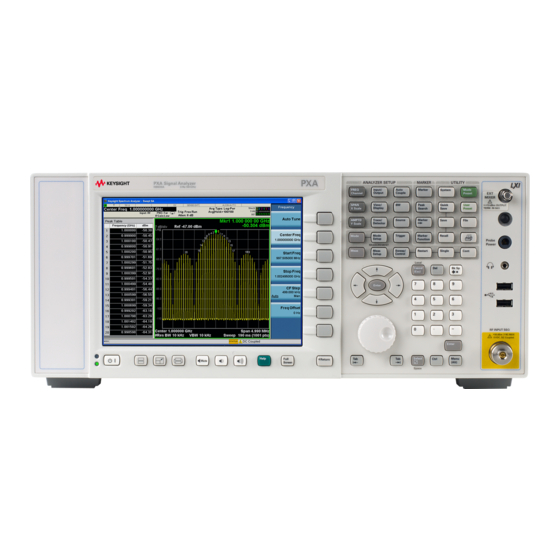
Keysight x-series User Reference Manual
Signal analyzer
Hide thumbs
Also See for x-series:
- User reference (3520 pages) ,
- Instruction manual (2530 pages) ,
- Manual (155 pages)
Table of Contents
Advertisement
Quick Links
Advertisement
Chapters
Table of Contents














Need help?
Do you have a question about the x-series and is the answer not in the manual?
Questions and answers